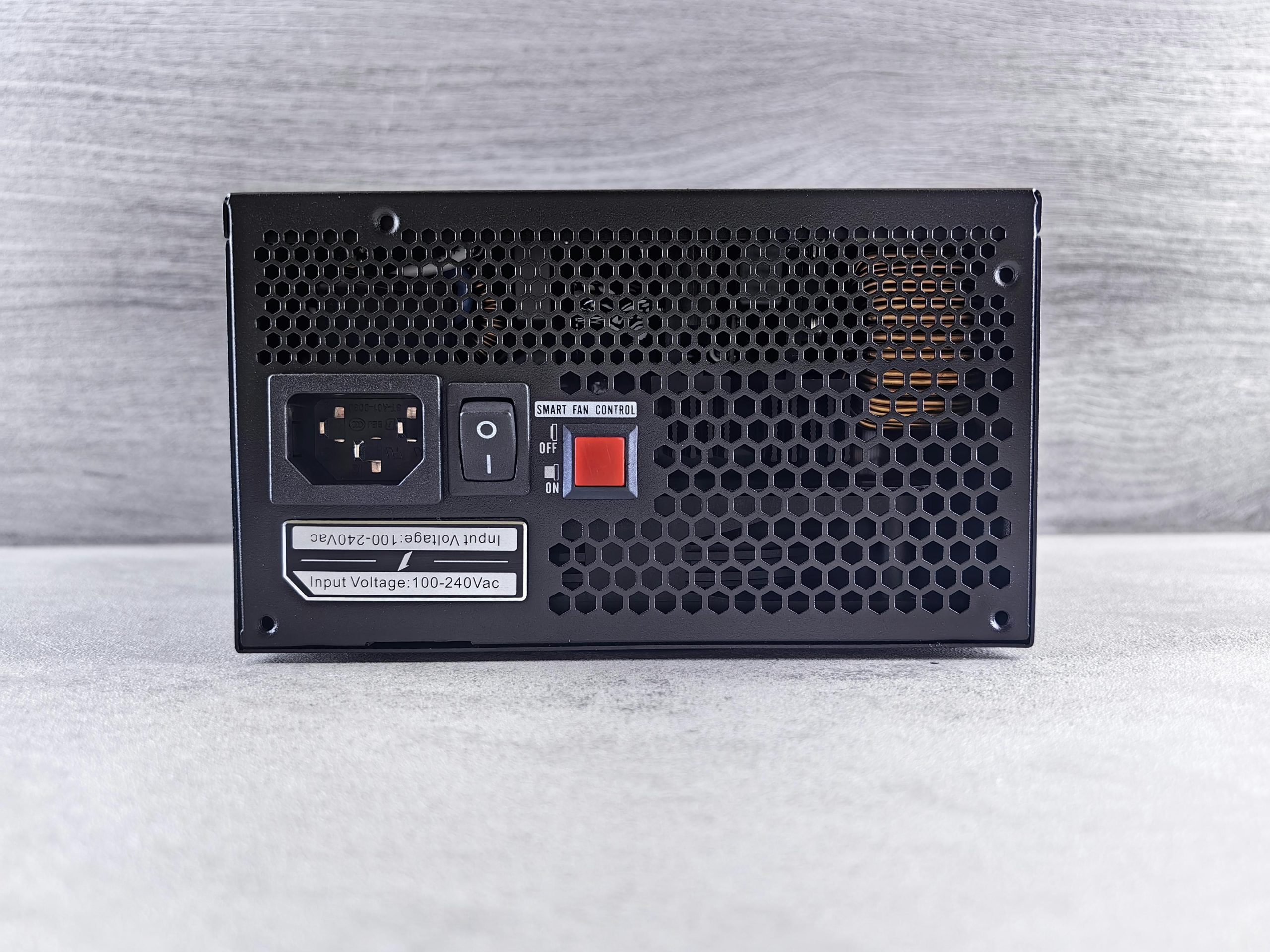Troubleshooting a New PC Build: Addressing Power Cycling Issues
Building your first PC can be an exhilarating experience, but it comes with its own set of challenges. One common issue that many new builders encounter is a persistent power cycling problem, where the system continuously turns on and off without successfully booting. If you find yourself in this frustrating situation, you’re not alone.
Understanding the Power Cycling Phenomenon
When your newly assembled PC cycles through power on and off repeatedly, it can be caused by various factors, from loose connections to hardware failures. The good news is that most power cycling issues can be diagnosed and resolved with a bit of troubleshooting.
Initial Checks
-
Ensure All Connections Are Secure: Start by double-checking all cable connections. Ensure that your power supply unit (PSU) is firmly connected to the motherboard, especially the 24-pin and the 4/8-pin CPU power connectors. A loose connection, even if very small, can lead to the power cycling problem.
-
Inspect Hardware Placement: Sometimes, simply moving components can cause short circuits. Ensure that there are no loose screws or shorting elements between the motherboard and the case. Verify that the RAM modules and the GPU (if applicable) are properly seated in their slots.
-
Test with Minimum Configuration: As a troubleshooting step, try powering on the system with just essential components: the motherboard, CPU, one stick of RAM, and the PSU. Disconnect any peripherals, additional storage drives, or expansion cards to isolate the issue.
Dive Deeper into Hardware
-
Examine Your Power Supply: If the issue persists, consider testing your PSU. An inadequate or failing power supply may not provide stable power delivery to your components, leading to unexpected shutdowns. If possible, swap it out with a known-good unit to rule out this possibility.
-
Look for Faulty Components: Although rare, it’s also possible that a faulty motherboard, RAM, or CPU could be to blame. If you have access to spare components, swapping them out can help identify the culprit.
Seek Assistance
If after checking and rechecking all of the above you’re still encountering the power cycling issue, don’t hesitate to seek help from experienced builders or online communities. Forums, subreddit discussions, and video tutorials can offer additional insights and support.
Conclusion
Troubleshooting a new PC build can be daunting, but by systematically checking your connections,
Share this content:




Hi there,
Dealing with power cycling issues on a new build can be quite frustrating, but you’ve taken the right steps by performing initial checks. Here are some additional troubleshooting tips that might help:
If these steps don’t resolve the issue, consider testing individual components like RAM modules or CPU in another known working system, if possible. Also, consulting your motherboard’s manual for